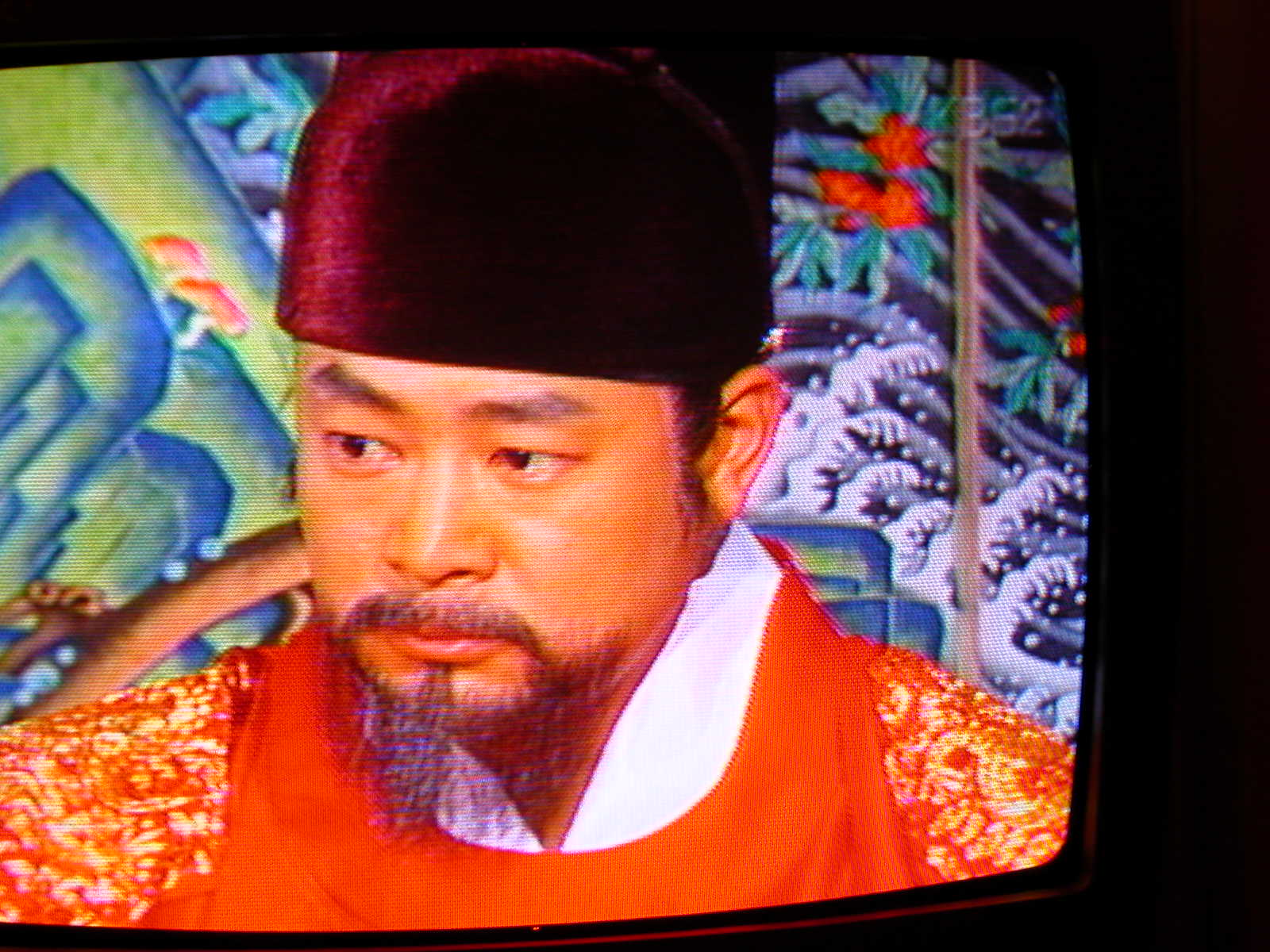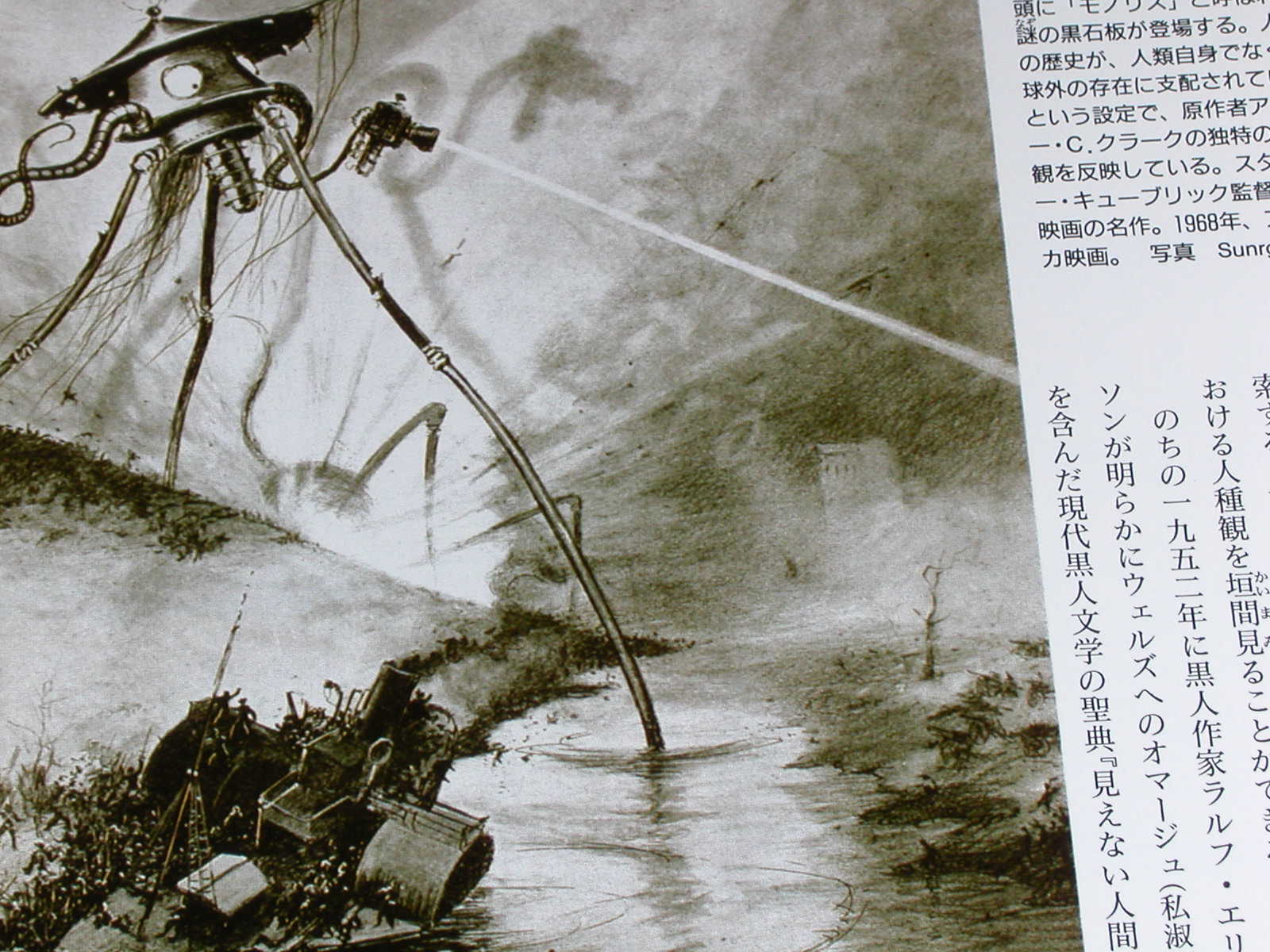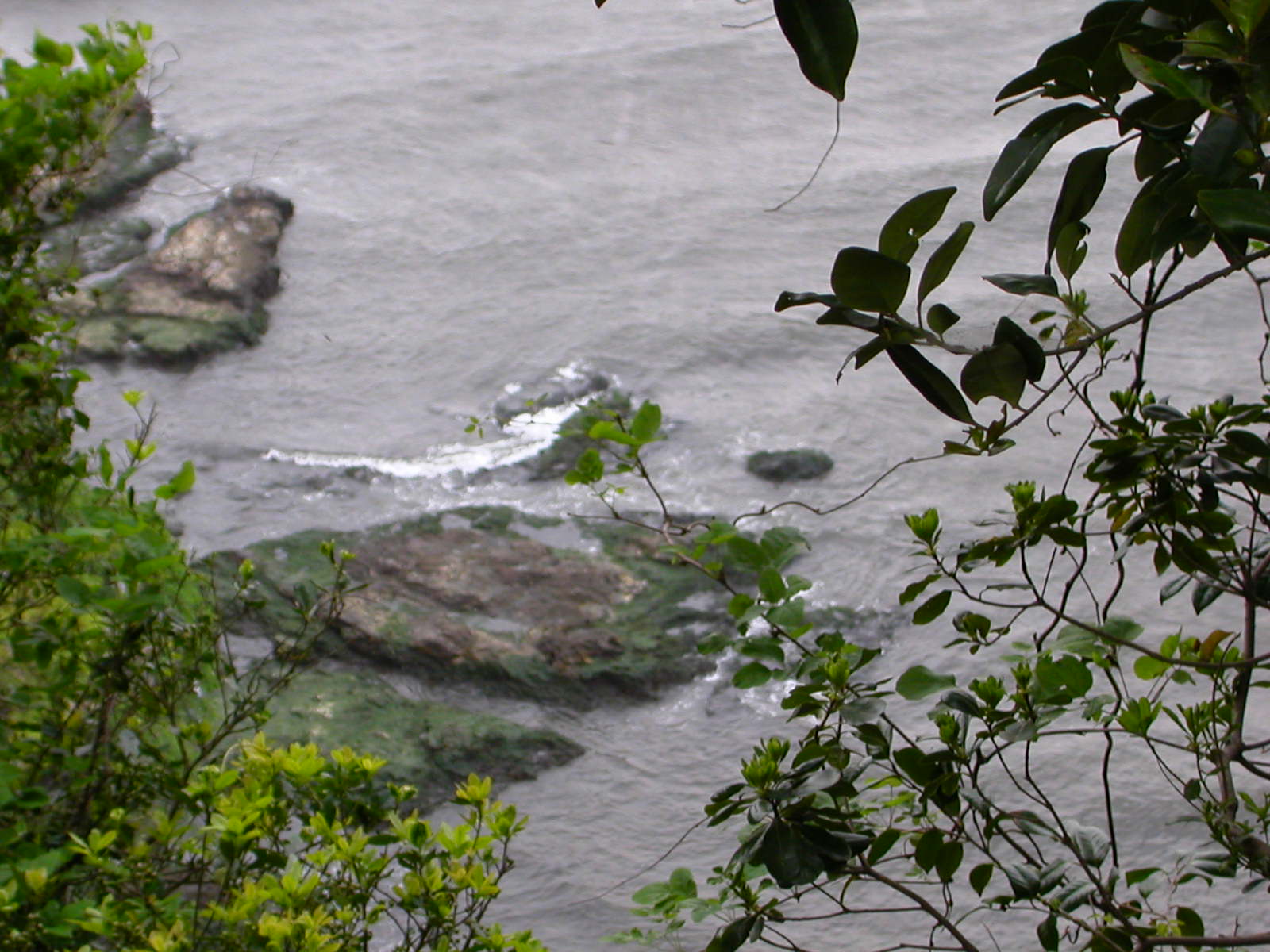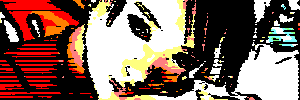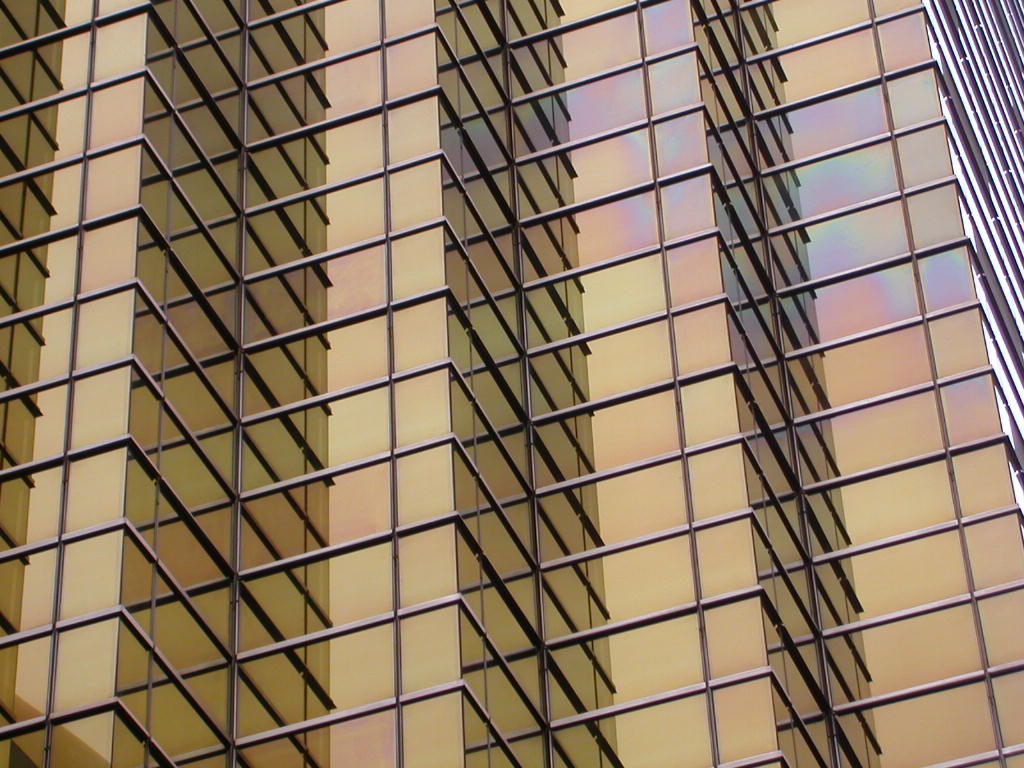S
I
G
H
T
S
E
E
I
N
G
...
I
N
...
S
E
L
R
I
N
SELRIN WAS THE SECOND largest and sixth oldest city in Antarctica, and was the cultural and political capital of the continental republic. With a population steadily approaching 2 million, Selrin was also the fifth largest sealed city in the human kingdom. It was an exciting and dynamic centre, especially to a group of young men from the sheen -- reasonably inexperienced in the ways of the metropolis, the crush and tarry of the fluorescent halls and vaster-than-vast indoor fish markets. But to Morten Selrin had a significance far greater than a convenient host for his exhibition (or for that matter, the Love Hotel capital of the world): Selrin was the birthplace of the Antarctican nation, forever a symbol of determination, independence and nationalism throughout the human diaspora. Although the celebrated Antarctican revolution began in the Black Hell mines on the surface of Luna, it was here where Son Carriad, on May 22 2104, arrived with his trumpet-tooting 500-strong Revolutionary Army and proclaimed an uprising against the TSA imperialists. Two days and 60 deaths later, it was in Selrin that Carriad proclaimed the declaration of the establishment of the Partial Utopia of Antarctica with a capital in the city, and launched the so-called 30 Day War to seize control of the continent, expel the TSA and teach the northlings a lesson. Morton could almost feel the adrenalin and raw, untempered emotion of the turbulent but triumphant period, as Carriad stood upon a dais in the cavernous TSA administrative headquarters and delivered a rousing speech on the need for southern unity, autarky and the end of political domination by the TSA (make that America.) He could picture the sight of the stolen TSA gunships as they took off from the Selrin space-port to liberate the cities of Shintokyo, Grunberg and Samloon (all up on there on the Moon or at least in orbit around her), and to destroy the TSA military base at Eastpeak (this one was just off the coast of Antarctica.) He could sense the jubilation of the morning of June 23 2104 when loudspeakers throughout the city resounded with Carriad's announcement that he was officially ending the 30 Day War following the destruction of a TSA cruiser near Mars, forever altering the course of human affairs. But he could also feel the impact, 18 months later, of the TSA-organised economic blockade, as Carriad continually tried to preserve morale by claiming the Antarcticans could live quite comfortably as international outcasts ("we don't need anybody anyhow"), while secretly playing off China and United States as the immenent conflagration edged ever closer. He experienced the shortlived optimism of of July 2107, when Carriad finally breached the blockade with a decision to join the Chinese bloc ("we're all Utopians anyway"). Meanwhile, winged tanks were swooping on Korea and Kazachistan, and partial utopias were springing up everywhere -- San Diego, Kathmandu, The Perpetual Love Republics of Berlin. In Antarctica, the Partial Utopia became Complete.

The Central Rail Terminus of Greater Selrin was a cavernous chamber located deep beneath the white surface and mainly subterranean residential city. Above the vaulted ceiling lay 300 levels of apartments, offices and factories. Above that, underneath a 200 metre high dome, was the upper class side of town, an expanse of parks and low density housing. The old city was outside the dome, still occupied, a series of conical huts connected by ancient tubes. And beyond that, in the wastes, lived the Other People -- the tribalists, an experiment in human evolution, still struggling to eke out their utopias in the snow.
After milling out of the arrival zone the three decided on a quick sightseeing tour of Selrin. The unanimous decision for the first port of call was the so-called Dome suburbs. They therefore piled into a shuttle escalator and were throttled up the kilometre to the surface in just more than a minute. Morten, having spent all his life not only in Antarctica but in the sterile and air-conditioned cubicles of the sheen was buzzing as he raced towards his first confrontation with nature en masse. Stax was the only one of them to have ever seen a real forest.
So Morten stood in nervous anticipation when a bell chimed and the lift door slid open. The three filed out, bemused. The first sight of the domed world was somewhat disappointing: a plain anteroom with a few potted plants. But nearby a large sliding door was opening and through it...
